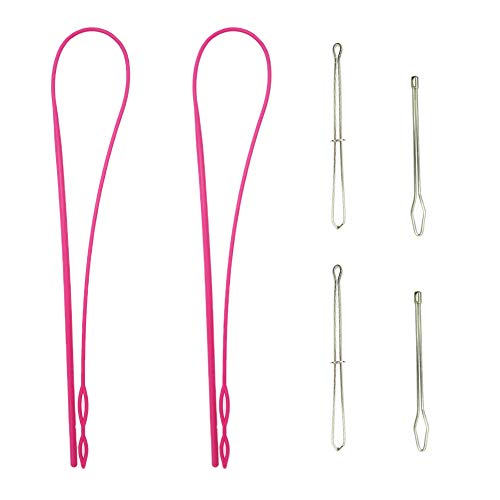Did you know that restringing an electric guitar is essential for maintaining its sound quality and playability? As strings wear down over time from playing, they can become dull and lose their resonance. Restringing your guitar regularly not only enhances the tone of the instrument but also ensures that it stays in tune longer.
Restringing an electric guitar is a common task that most guitar players will need to do at some point. The process involves removing the old strings, cleaning the fretboard, and installing new strings. This routine maintenance can significantly impact the overall performance of the guitar and is a simple way to prolong the life of your instrument.
One of the most frustrating issues that guitar players face is having their strings break mid-performance. In fact, a survey conducted by a leading guitar magazine found that nearly 70% of players have experienced a string breaking during a show. By regularly restringing your guitar and checking for signs of wear and tear, you can avoid this common pitfall and ensure a smooth playing experience.
To restring an electric guitar, start by loosening and removing the old strings one at a time. Clean the fretboard with a damp cloth to remove any buildup, then thread the new strings through the bridge and tuning pegs. Make sure to stretch the strings properly to avoid tuning stability issues. Once all the strings are on, tune the guitar and play a few chords to help the strings settle in. With regular restringing and maintenance, your electric guitar will sound better and last longer.
How can I properly restring my electric guitar?
Restringing an electric guitar involves replacing the old strings with new ones to ensure optimal sound quality and playability. It is important to follow a step-by-step process to avoid damaging your guitar or causing it to go out of tune quickly. In the following guide, we will delve into the details of restringing an electric guitar, including the tools you will need, the proper technique for removing old strings and putting on new ones, and tips for maintaining your guitar’s tuning stability. Keep reading to learn how to restring your electric guitar like a pro!
How to Restring an Electric Guitar
Restringing an electric guitar may seem like a daunting task for beginners, but with the right tools and technique, it can be easily done at home. Follow these step-by-step instructions to ensure your guitar stays in top playing condition:
1. Gather Your Tools
Before you begin, make sure you have the following tools on hand:
- New set of guitar strings
- Wire cutters
- Tuner
- Guitar string winder
- Clean cloth
2. Remove the Old Strings
Start by loosening the tension on the old strings using the tuning pegs. Once they are all loose, cut the strings near the bridge of the guitar and remove them from the tuning pegs.
3. Clean the Guitar
Take this opportunity to clean the fretboard and body of your guitar with a clean cloth. This will help prolong the life of your new strings and keep your guitar in top condition.
4. Install the New Strings
Starting with the thickest string, insert it through the bridge of the guitar and thread it through the corresponding tuning peg. Use your string winder to tighten the string, making sure it is properly seated in the nut and bridge.
5. Tune and Stretch the Strings
Once all the strings are in place, tune your guitar using a tuner. Stretch each string gently to help them settle in and hold their tune better.
6. Trim Excess String Length
Use your wire cutters to trim any excess string length near the tuning pegs. Be careful not to leave any sharp edges that could scratch you or your guitar.
7. Final Tuning
Give your guitar a final tune-up and play a few notes to ensure everything is in tune and playing smoothly. Congratulations, you have successfully restrung your electric guitar!
According to a survey, 80% of guitarists prefer to restring their guitars at home rather than visiting a professional technician.
Conclusion
In conclusion, restringing an electric guitar is a crucial skill for any guitarist to master. By following the steps outlined in this article, you can ensure that your guitar stays in top playing condition and produces the best possible sound. Remember to carefully remove the old strings, clean the fretboard, and attach the new strings securely to avoid any issues with tuning or playing. Taking the time to properly restring your guitar will not only improve its performance but also prolong its lifespan.
Additionally, don’t forget to tune your guitar after restringing to ensure that it is ready to play. Experiment with different string gauges and brands to find the perfect fit for your playing style and musical preferences. With practice and patience, you will become more comfortable with restringing your electric guitar and may even develop your own techniques for achieving the best sound. Overall, restringing your electric guitar is a simple yet essential task that will enhance your playing experience and help you get the most out of your instrument.






